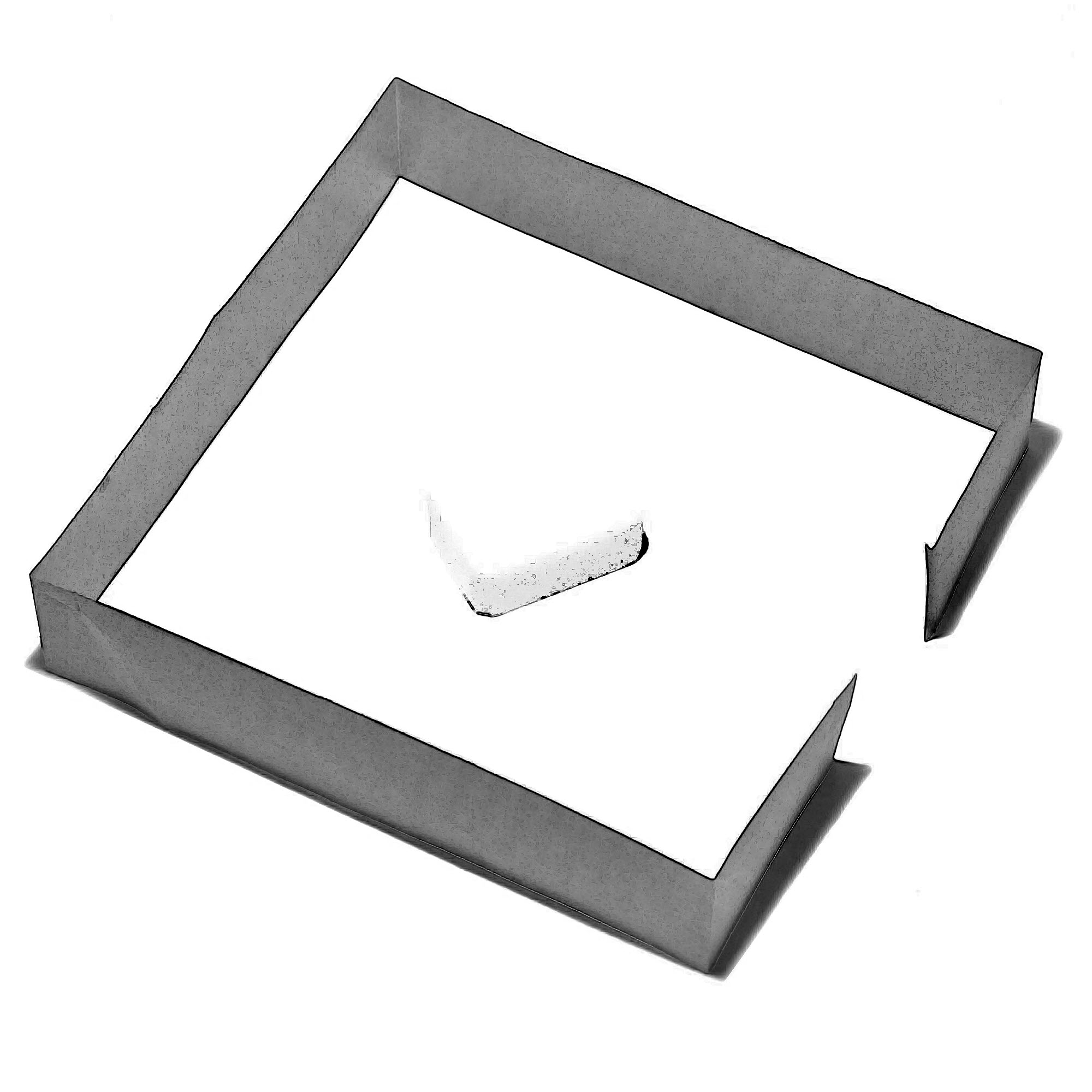Story Break
Trail Snacks
I don’t know what all this packbacking stuff is about. I never went outdoors much. The church picnic on the 4th of July was always about good enough for me, and I don’t see why it isn’t good enough for the rest of them but some people are like that, mostly the boys. They got to have their outdoor stuff and hunting and all. Now some girls do it too if you can believe that, but none of mine they wouldn’t. The church basement was good enough for me.
I guess I had a good life. My sister Esther and I are twins. I married Reiny and then Esther got ahold on his brother Rex and she married him. Our maiden name was Schmidt. We didn’t want to change it especially to something like Pudzer. What kind of a name is that? I had to laugh at him the first time I met him. I never would of thought. Reiny and Rex came from a big family but there was only the two of us in ours, Esther and me.
I heard them others talking once, Reiny’s family, talking about Reiny and Rex, calling them the Schmidt brothers going around by the nose because they married my sister and me and we shaped them into line. Well we had to, they weren’t quite right at first. I don’t know what’s wrong with them people sometimes. Inlaws. None of them is quite right, I can tell you that, but we got the men and we bent them straight. We made good men out of them. We keep them shaped up. They couldn’t do it without us. I don’t care what they say.
Overall I guess Reiny has been a good husband. He listens. Sometimes I make some food for him to take along when he goes out to do his stuff. It seems to do him good and I want to keep him for awhile yet. He works hard all day and when he goes out hiking he works at that too. You won’t catch me out there like that, not even, but he needs good food when he’s out doing that whatever so I send him off with a little something every now and then.
One of his favorites is gravy. It sticks. All-American food, like you can’t find anymore in this country if you know what I mean. It’s all changing but my family still eats good. Here’s a good gravy recipe. Don’t forget it. You can eat it with crackers on on bread, hot or cold, or right from the Tupperware.
Handy All-American Gravy
- 1 cup beef fat
- 1 cup pork sausage drippings or bacon drippings
- 1 cup flour
- 2 cups skim milk
- salt and pepper to taste
Add salt and pepper to the fat and flour in a large skillet over medium high heat, stirring all the time. Continue stirring until brown. Reduce heat and add milk, stirring constantly. Stir until thickened. Add water as needed. Pretty good over just about anything except chocolate ice cream.
For snacks you can make this next stuff. I found it in a book for dogs, but I tried it on my husband and some kids, and they thought it was pretty good too. Anyway, now I make some extra for them too, every time around when I make treats for the dog. You can give them a little reward when they do good, just like the dog. Works for either one. I got them all trained now.
Apple Cinnamon Obedience Bits
- 4 cups whole wheat flour
- 1/2 cup cornmeal
- 1 egg
- 2 tablespoons vegetable oil
- 1 teaspoon cinnamon
- 1 small apple, grated
- 1 1/3 cups water
Combine dry ingredients in a bowl. Grate apple and add, with water. Mix and make a dough. Turn out on a lightly floured surface and knead well. Roll out to 1/4 to 1/2-inch thick. Score dough horizontally and vertically to make a grid of 3/4-inch squares. Place the dough on a greased baking sheet and bake at 325 degrees F for 1 hour. Break apart for storage. Feed to husband or dog — they both like it.
This last one is a little bit special. I think I came up with it for hunting season one year. It makes you into a regular guy if you aren’t one already, and it’s kind of spicy too. All those men like the pepperoni sticks too. All of them.
Prune-Pepperoni Trail Bites
- 12 dried pitted prunes
- 2 beef pepperoni sticks
- 1/2 cup dark beer
- 1/4 cup water
- 12 slices bacon
Stuff each prune with a piece of pepperoni stick. Mix beer and water and pour over prunes in bowl. Let stand, stirring now and then, until prunes are plump, about 2 hours. Wrap bacon around prunes and pin with toothpicks.
Broil in electric oven about 4 inches from burner, turning once, until bacon crisps, 10 or 12 minutes. You can wrap each one separate and send them out with the boys for a quick snack on the trail or when they’re doing some kind of yard work or farm work or whatever.
Make sure they don’t eat too many though.
